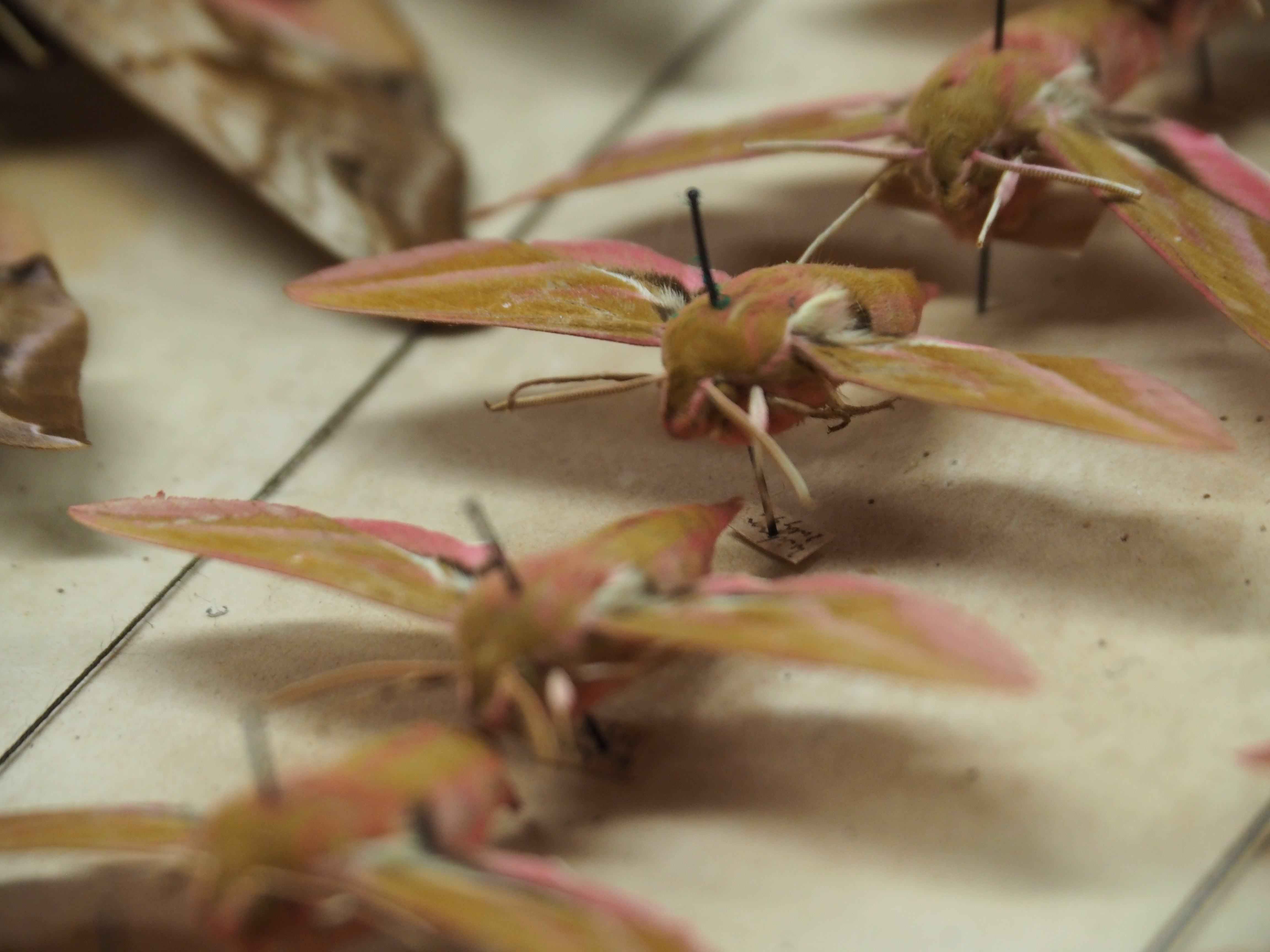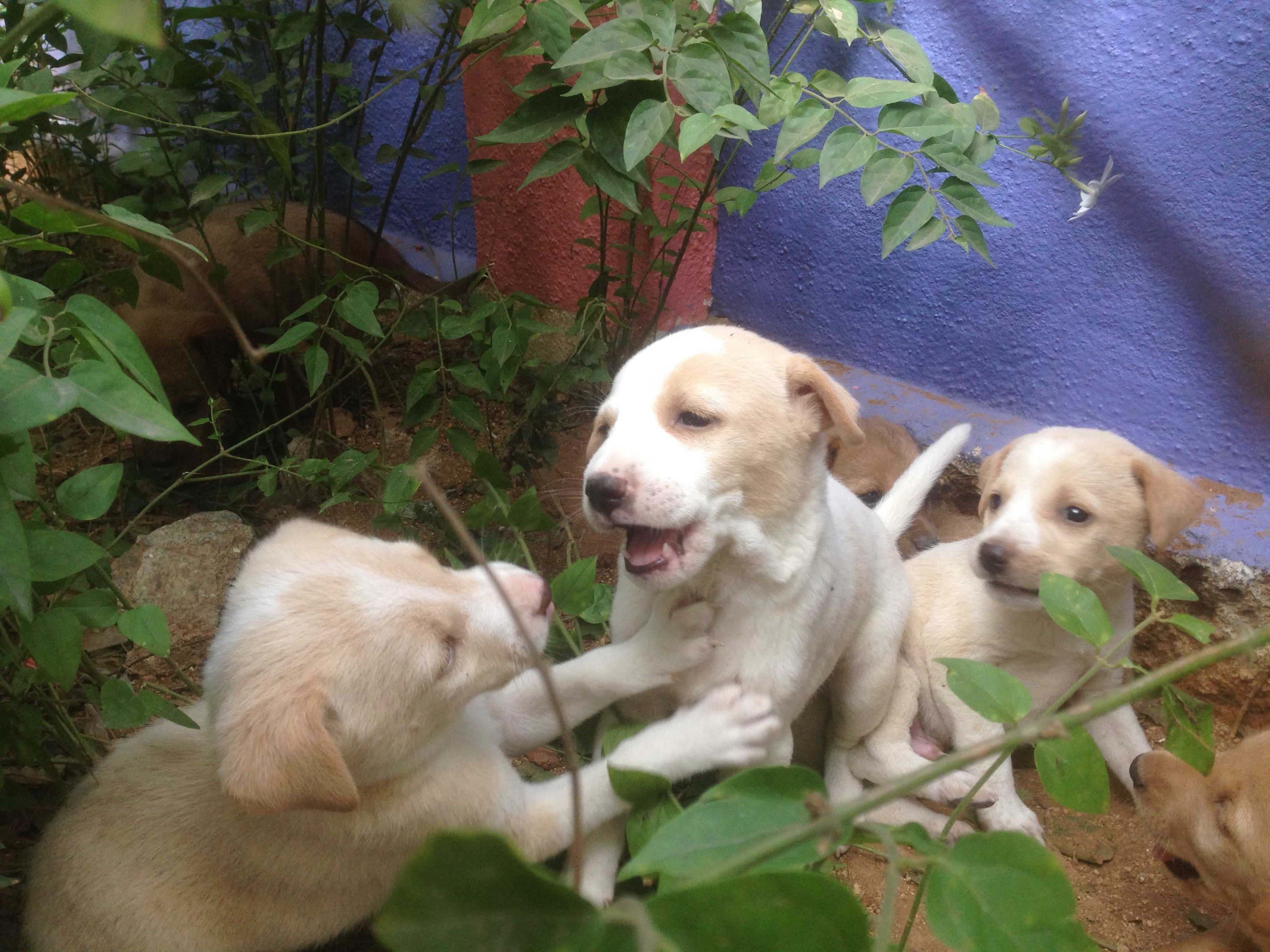A trio of papers I read on biodiversity and forests this week / Feb 2025 / DOI
This week I've been reading three really nice pieces of work by my colleagues, in the form of a review paper on biodiversity and AI, a benchmark for 3D forest reconstruction using laser scanners and a mobile app for measuring the width of tree trunks. A real bonanza for forest lovers!
Review paper on mapping opportunities for AI in biodiversity
A paper on 'Harnessing AI to fill global shortfalls in biodiversity knowledge' just came out in Nature Biodiversity today (via
- Rapid retrieval of existing information means both looking into existing literature, but also the digitisation of existing museum specimens. Coincidentally, I have just posted a new student project on the area of
insect digitisation at the Zoology museum fromTiffany Ki on the latter topic, which I'd be very happy to hear from interested students about. I have also have been working onLLM driven evidence retrieval recently, so I'm all in favour of lots more projects in this space. - Once the data is retrieved, they discuss how this could be used for richer hypothesis generation via detection of new patterns for humans to review, ranking high-value areas that need more observations, and generally doing more unsupervised learning over the vast space. This is a good zooming in from many of the general areas covered in the Royal Society Science in the Age of AI report as well, and very good to see given the sheer urgency of more action in the field of biodiversity conservation.
- Finally, there's also the fascinating topic of ecological modelling where we move from individual species to whole communities, as well as knowledge-guided machine learning towards this. I'm planning on experimenting more with differentiable models (beyond ABMs, where both
differentiable andreversible have worked very well). The recent paper on NeuralGCM from the Google team underlined the huge potential of combining purely data-driven and purely-computational models into a combined system with much better predictive power than either by itself.
Those interested in this may also want to look at our recent

Benchmark dataset for tree species identifications
And then out in MEE is a comprehensive benchmark from a collection of forestry researchers on a benchmark for tree species classifiction from proximal laser scanners. Their FOR-species20k dataset is on Zenodo, and has tons of tree point clouds taken using a variety of laser scanning techniques (TLS, MLS and ULS).
As
Most importantly, we demonstrate that community efforts and open science are the only way to make significant progress in this important task. With more researchers publishing and sharing high quality 3D forest datasets, I hope we see an end of single-site studies and that proper and broad benchmarking of all new 3D forest deep learning methods becomes the standard. -- Emily Lines on LinkedIn
I've been learning more about
A mobile app for measuring tree trunks
And last but not least, I was delighted to see that my colleagues
I was lucky enough to beta test this and try it out on my
Other apps for measuring forest plots are available [...] but those for Android phones tend not to perform as well as ours, while those designed for the iPhone require the purchase of a high-end phone that is not affordable for researchers in the Global South.
We believe ours is the only app to sit in the 'sweet spot' of offering high quality for low cost. -- Frank and Keshav on cam.ac.uk

References
- Ball et al (2024). Harnessing temporal & spectral dimensionality to identify individual trees in tropical forests. bioRxiv. 10.1101/2024.06.24.600405
- Reynolds et al (2024). The potential for AI to revolutionize conservation: a horizon scan. 10.1016/j.tree.2024.11.013
- Iyer et al (2025). Careful design of Large Language Model pipelines enables expert-level retrieval of evidence-based information from syntheses and databases. 10.1371/journal.pone.0323563
- Madhavapeddy (2024). COMPASS 2024 report on the CoRE stack RIC meeting. 10.59350/p7kck-5bt81
- Pollock et al (2025). Harnessing artificial intelligence to fill global shortfalls in biodiversity knowledge. Nature Reviews Biodiversity. 10.1038/s44358-025-00022-3
- (0). Fig. 1: Potential roles of artificial intelligence in filling biodiversity knowledge gaps and downstream applications. | Nature Reviews Biodiversity. https://www.nature.com/articles/s44358-025-00022-3/figures/1
- Kochkov et al (2024). Neural general circulation models for weather and climate. Nature. 10.1038/s41586-024-07744-y